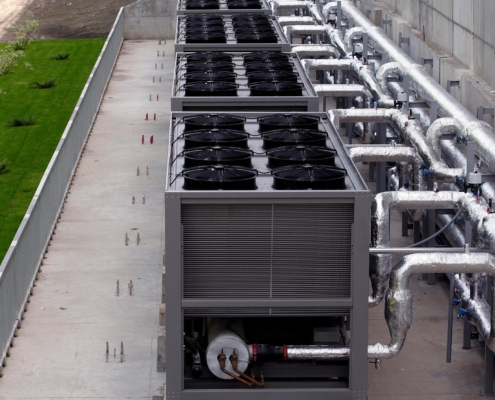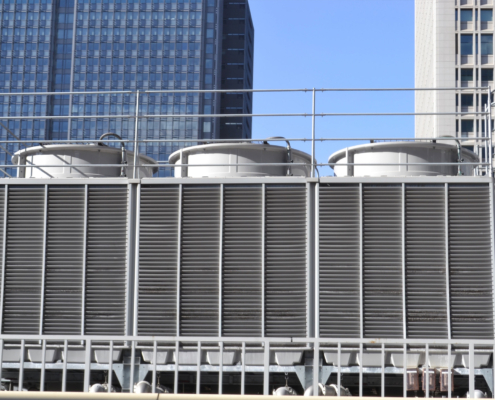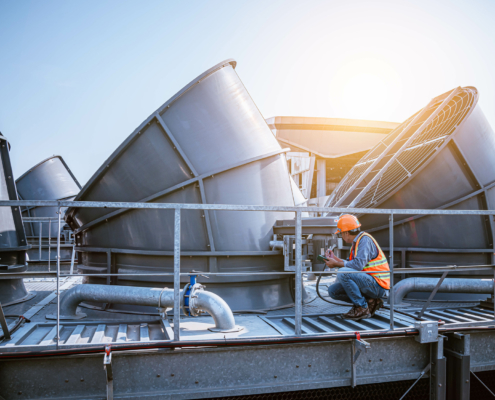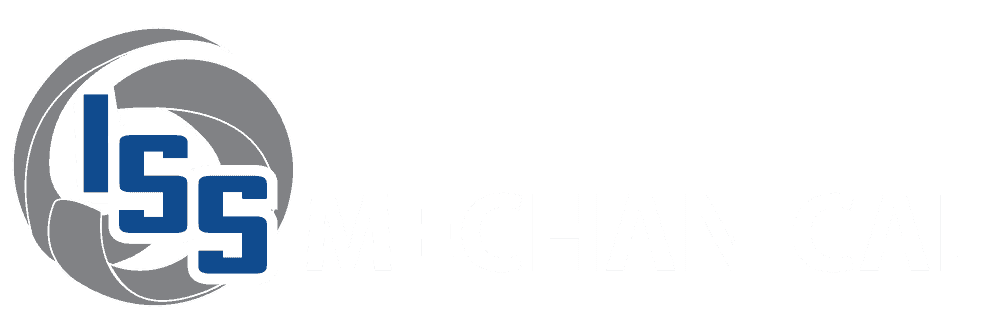Changing the Filters Regularly
Replacing air filters is one of the most important maintenance tasks. Clogged, dirty filters restrict airflow and make the system work harder to keep interior spaces heated or cooled. Facility managers should change filters every one to three months, adjusting the schedule based on filter inspections. Disposable pleated filters are common in commercial units. Electrostatic and MERV 13 filters offer deeper trapping of allergens and pollutants. Filters should fit snugly within slots to prevent air from leaking around edges.






